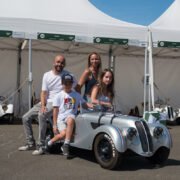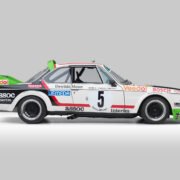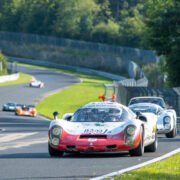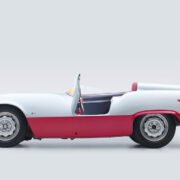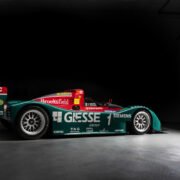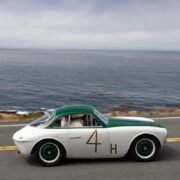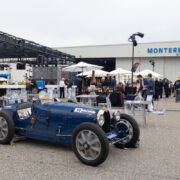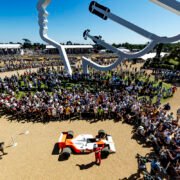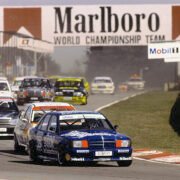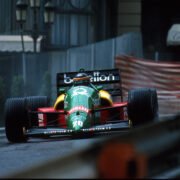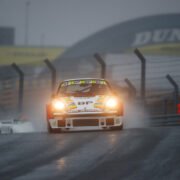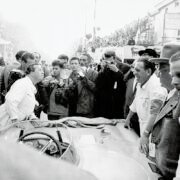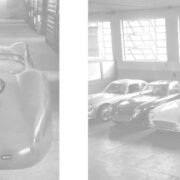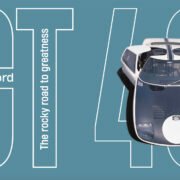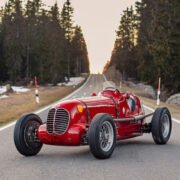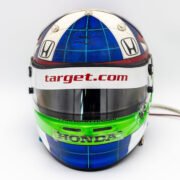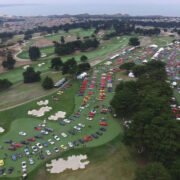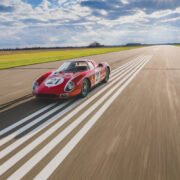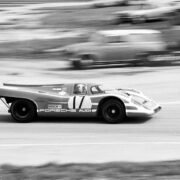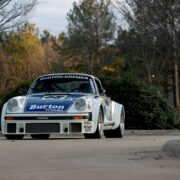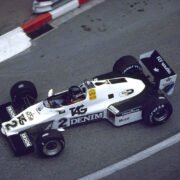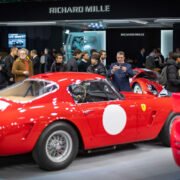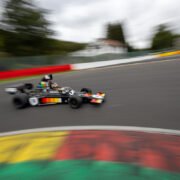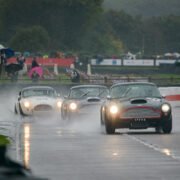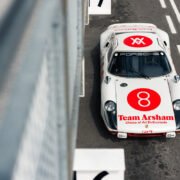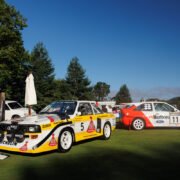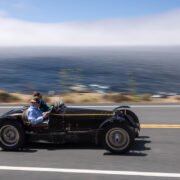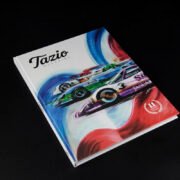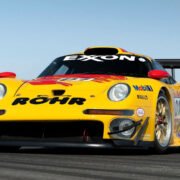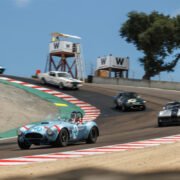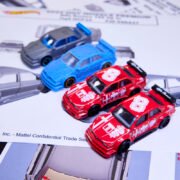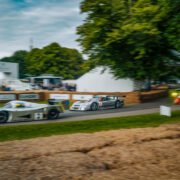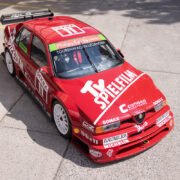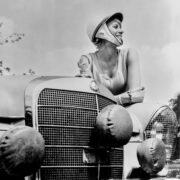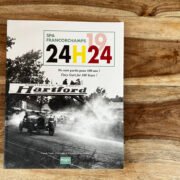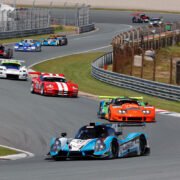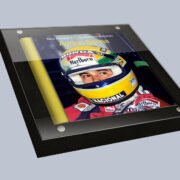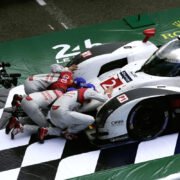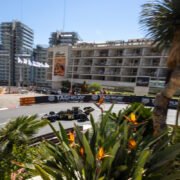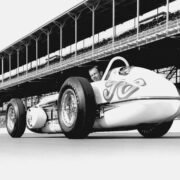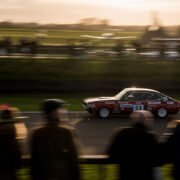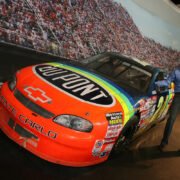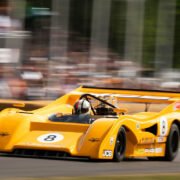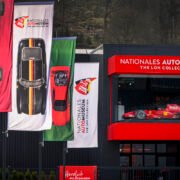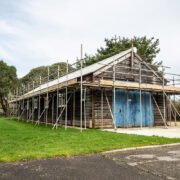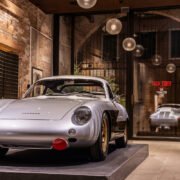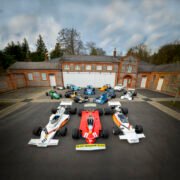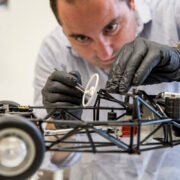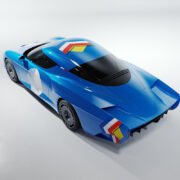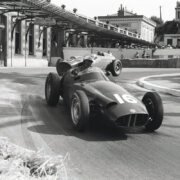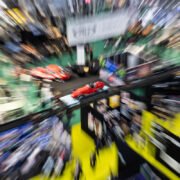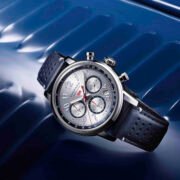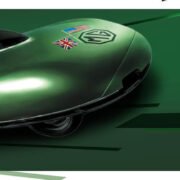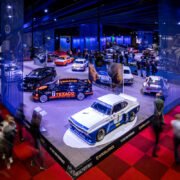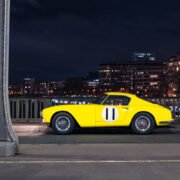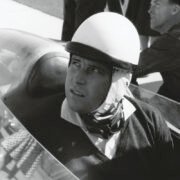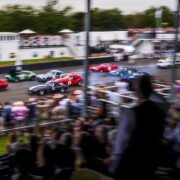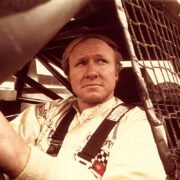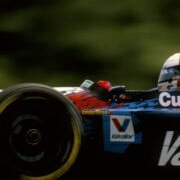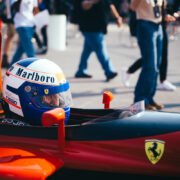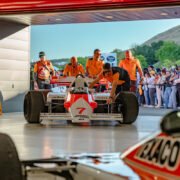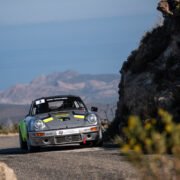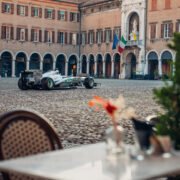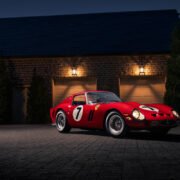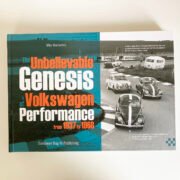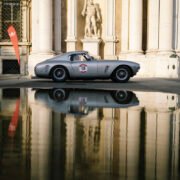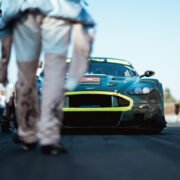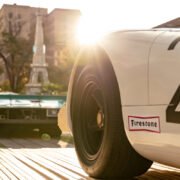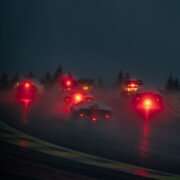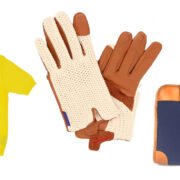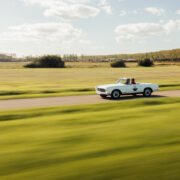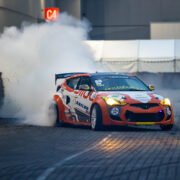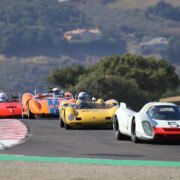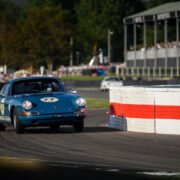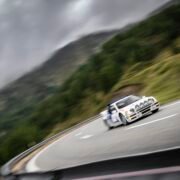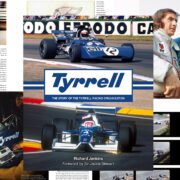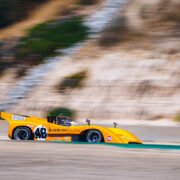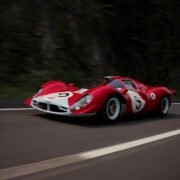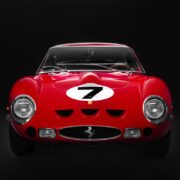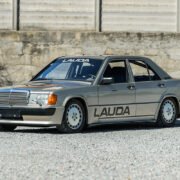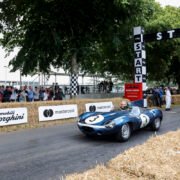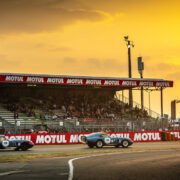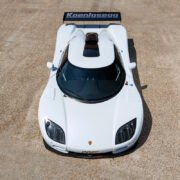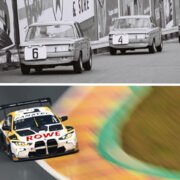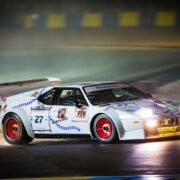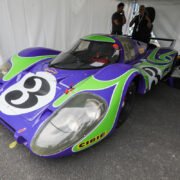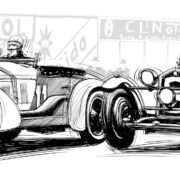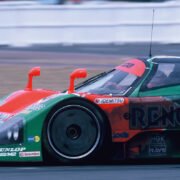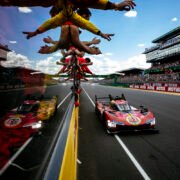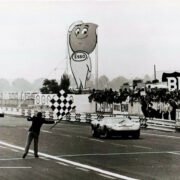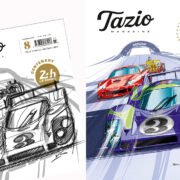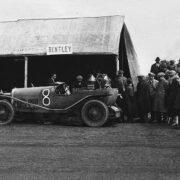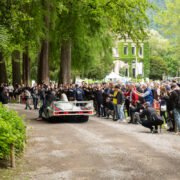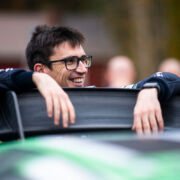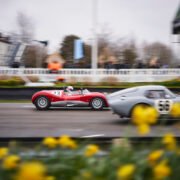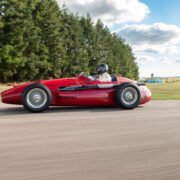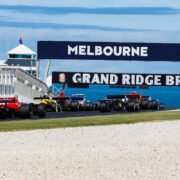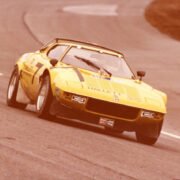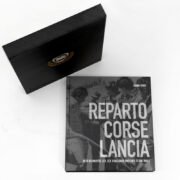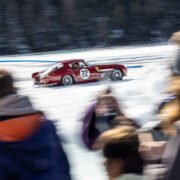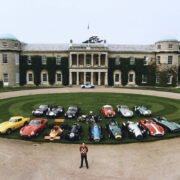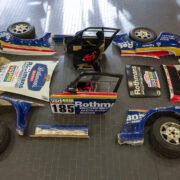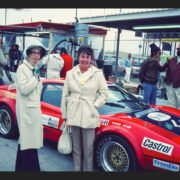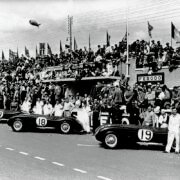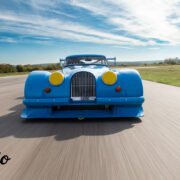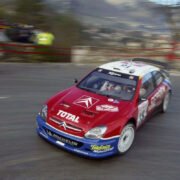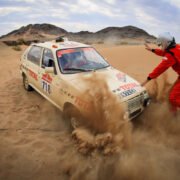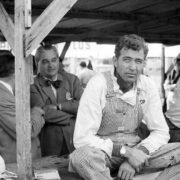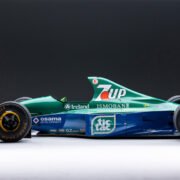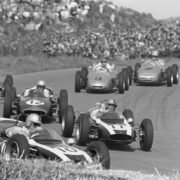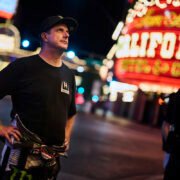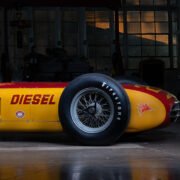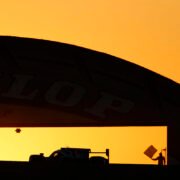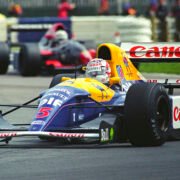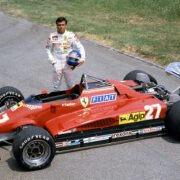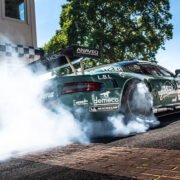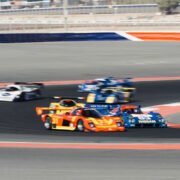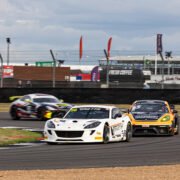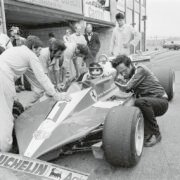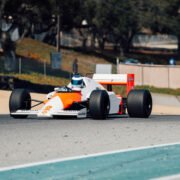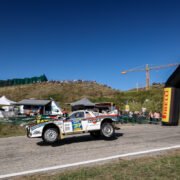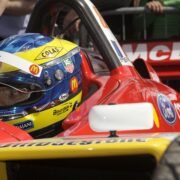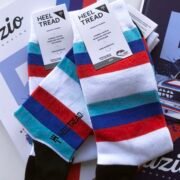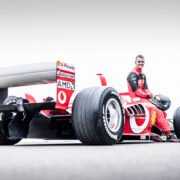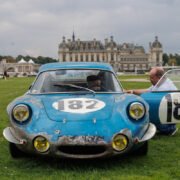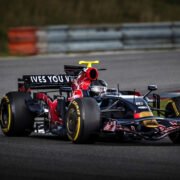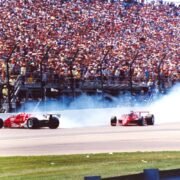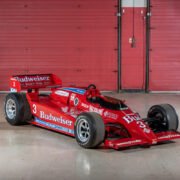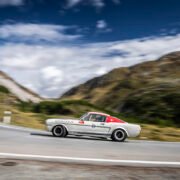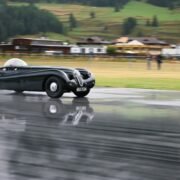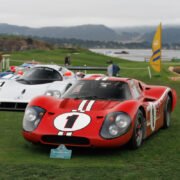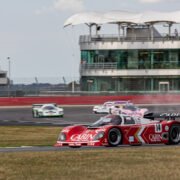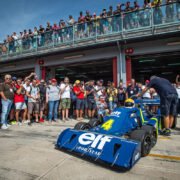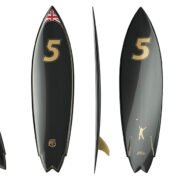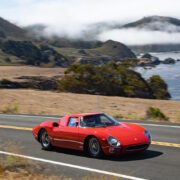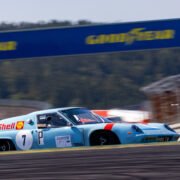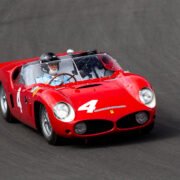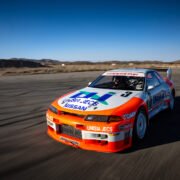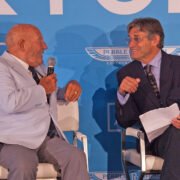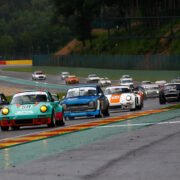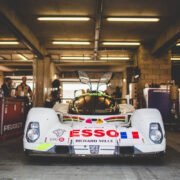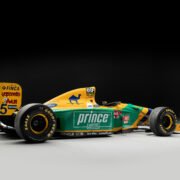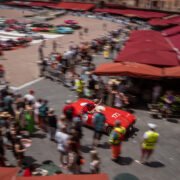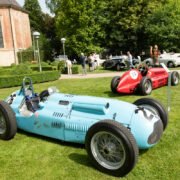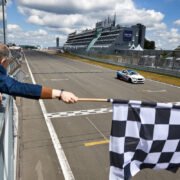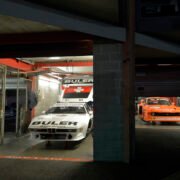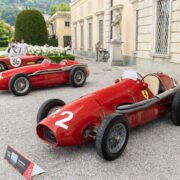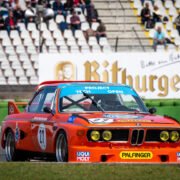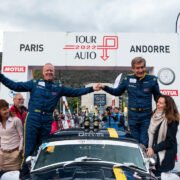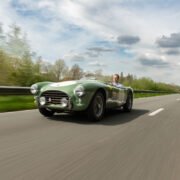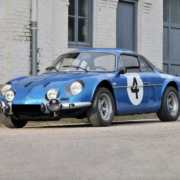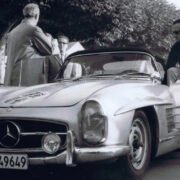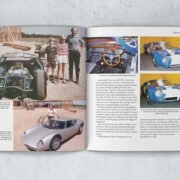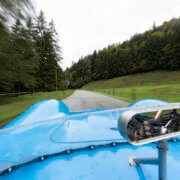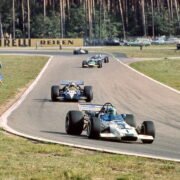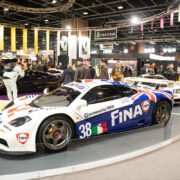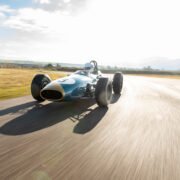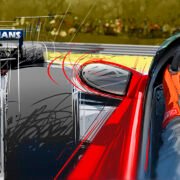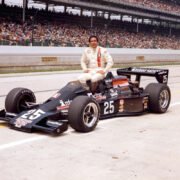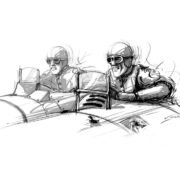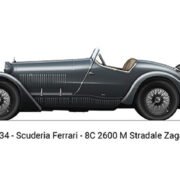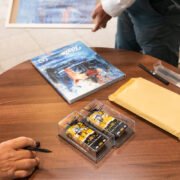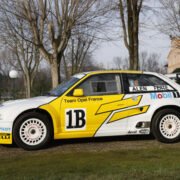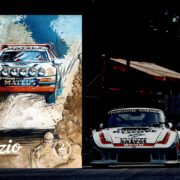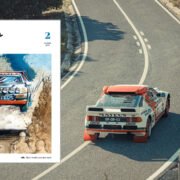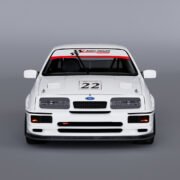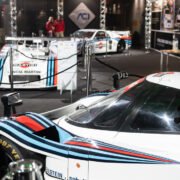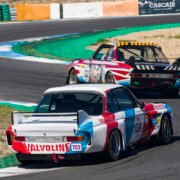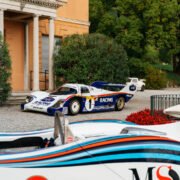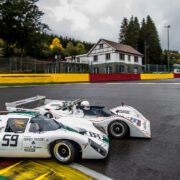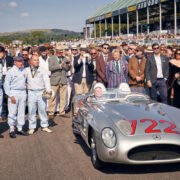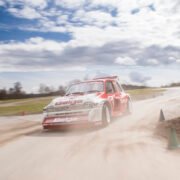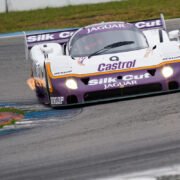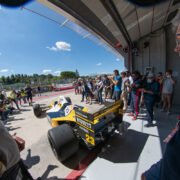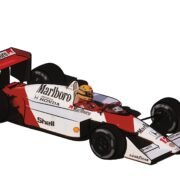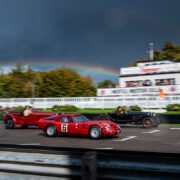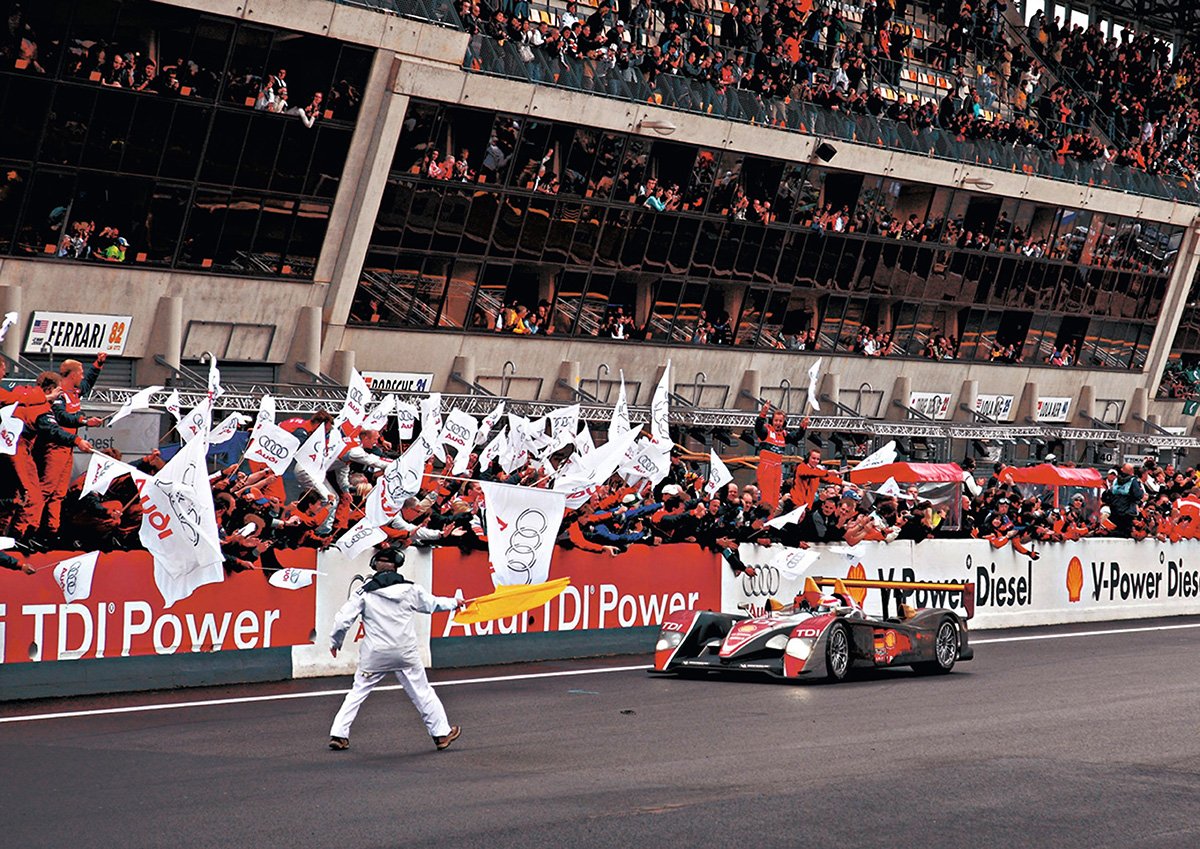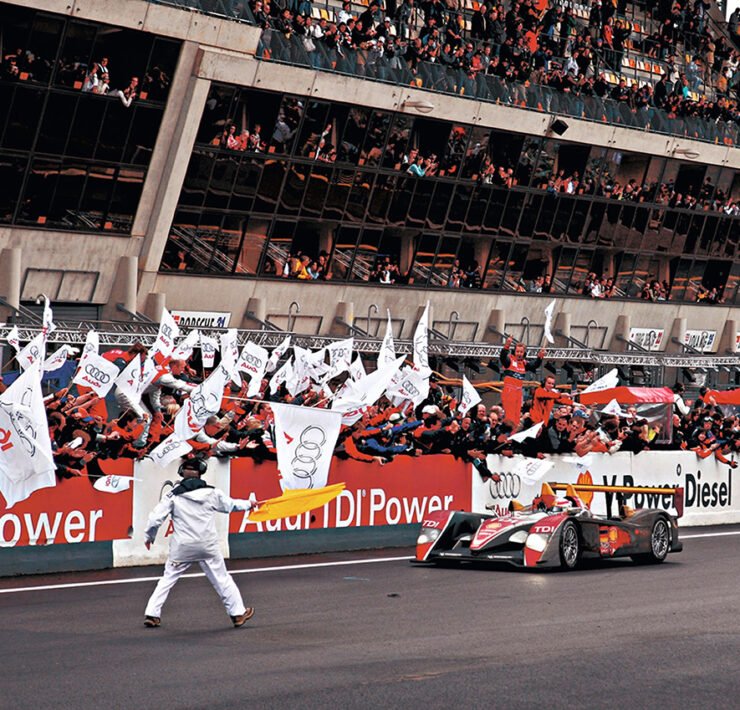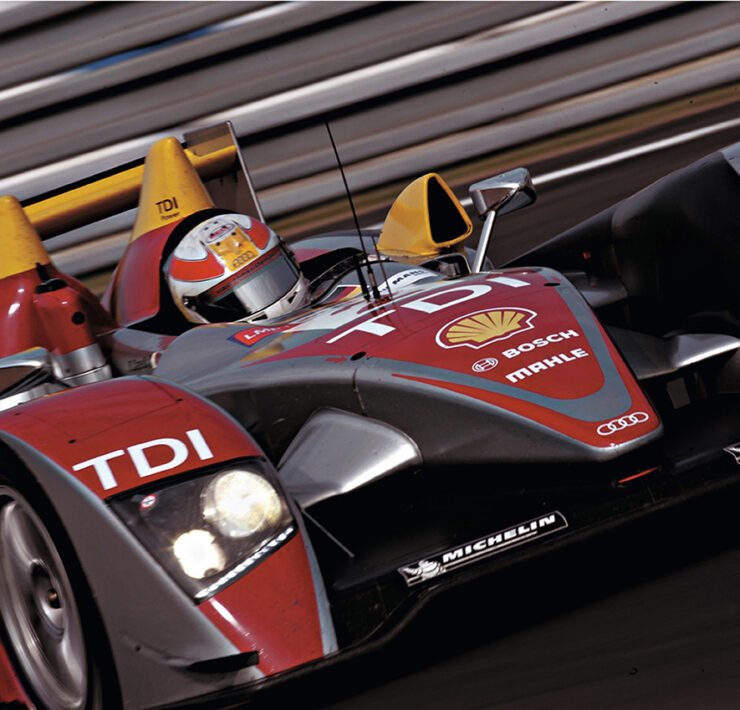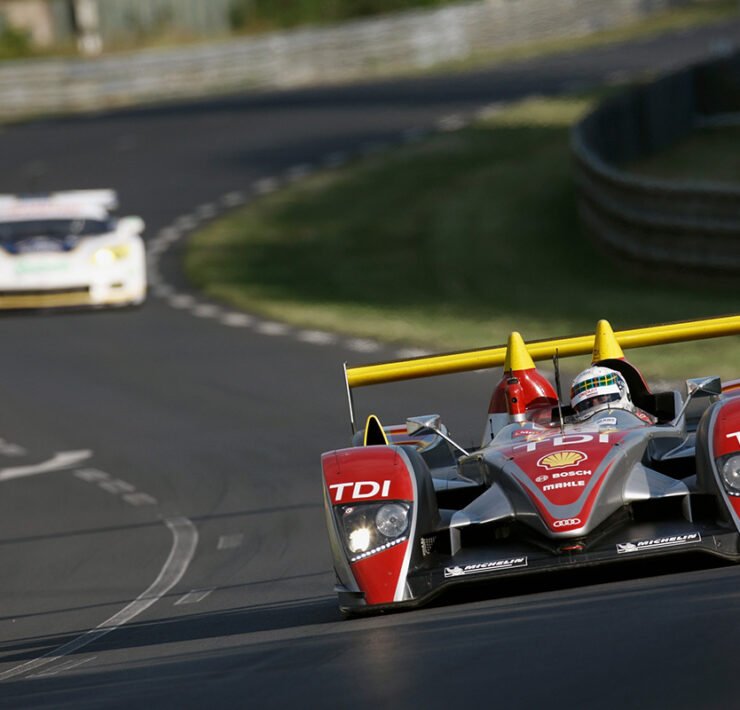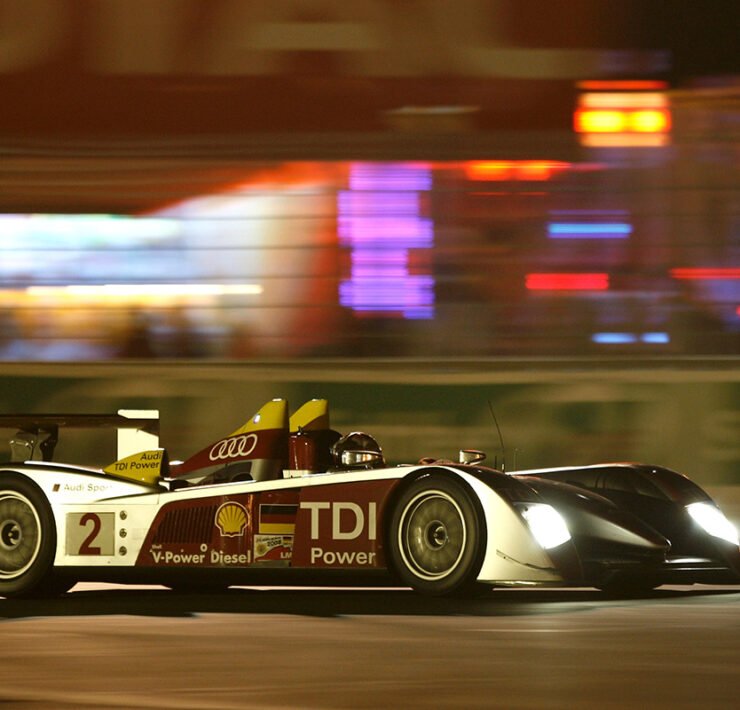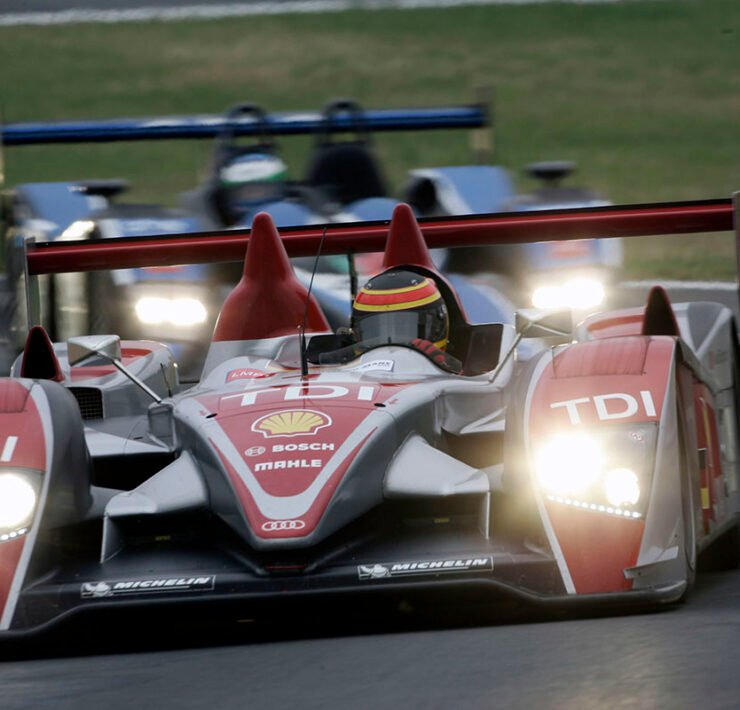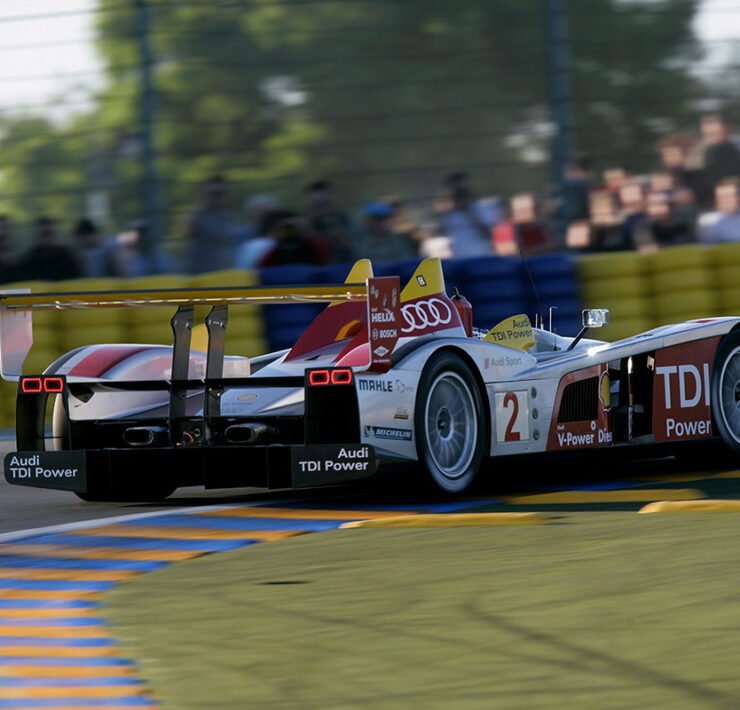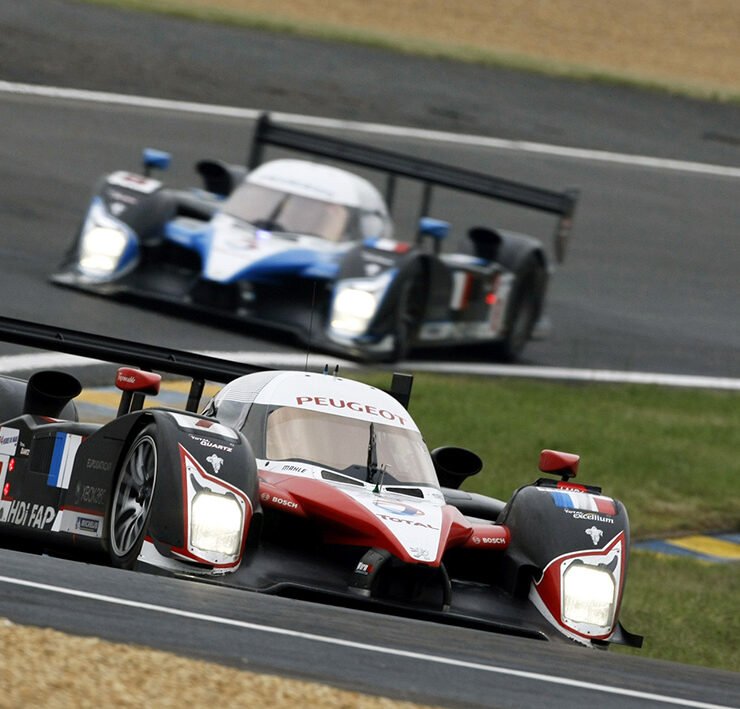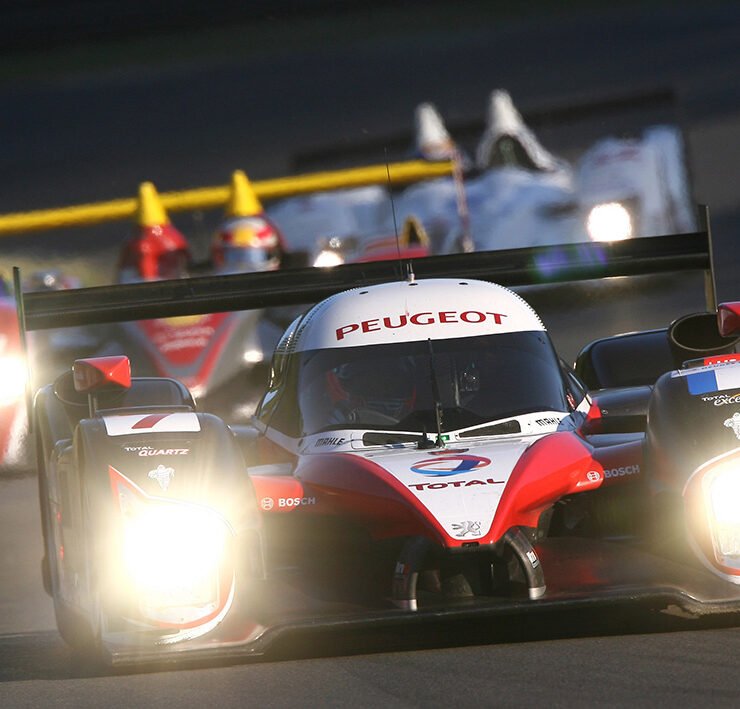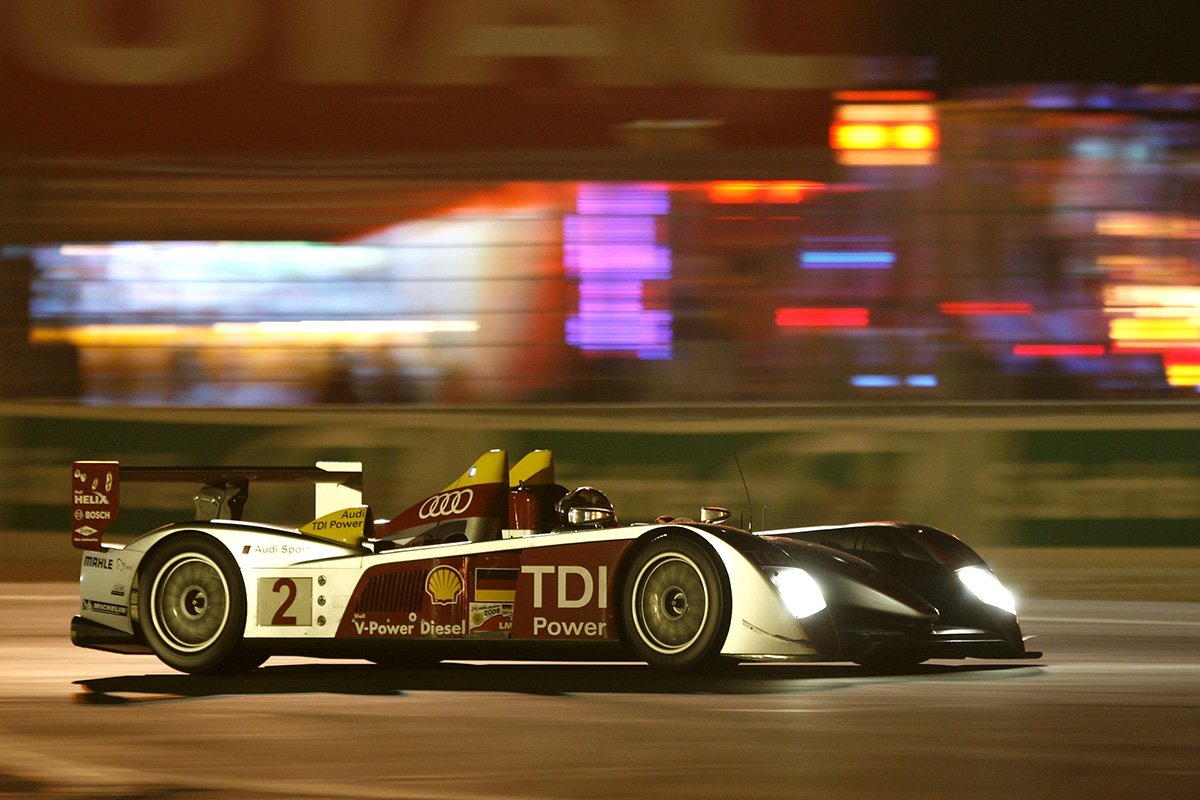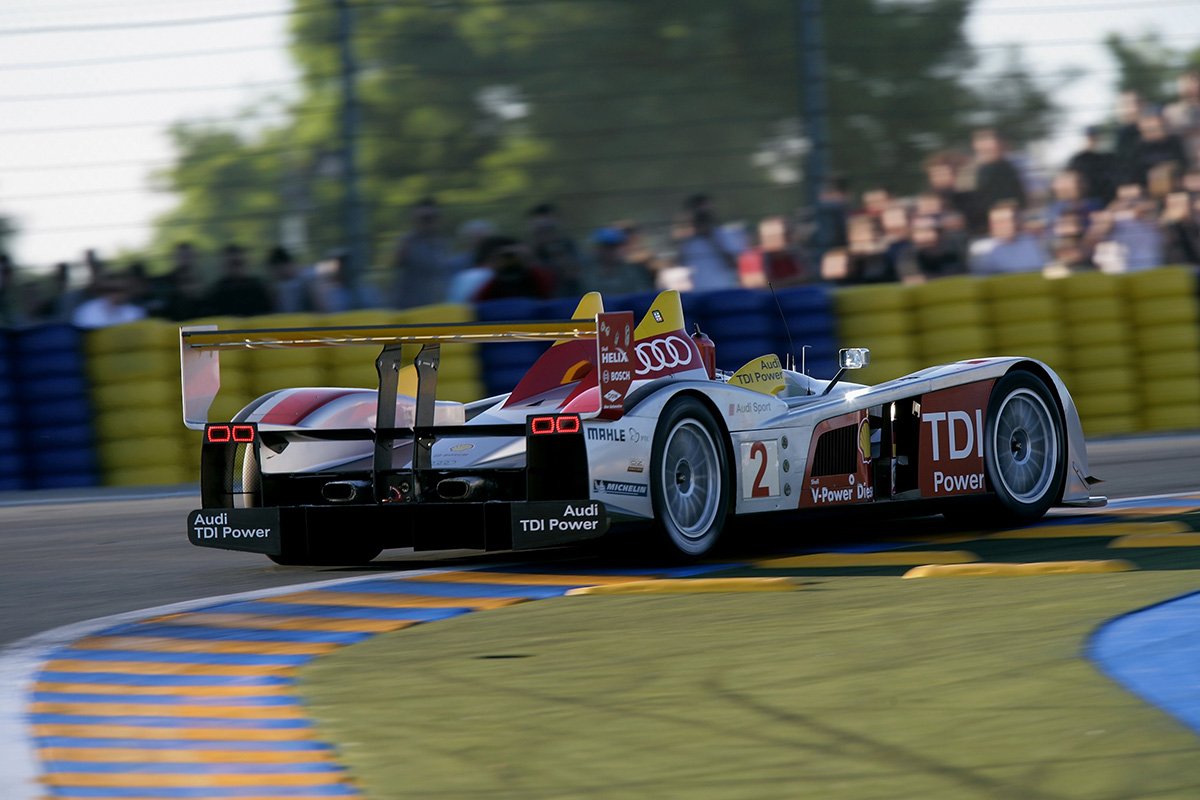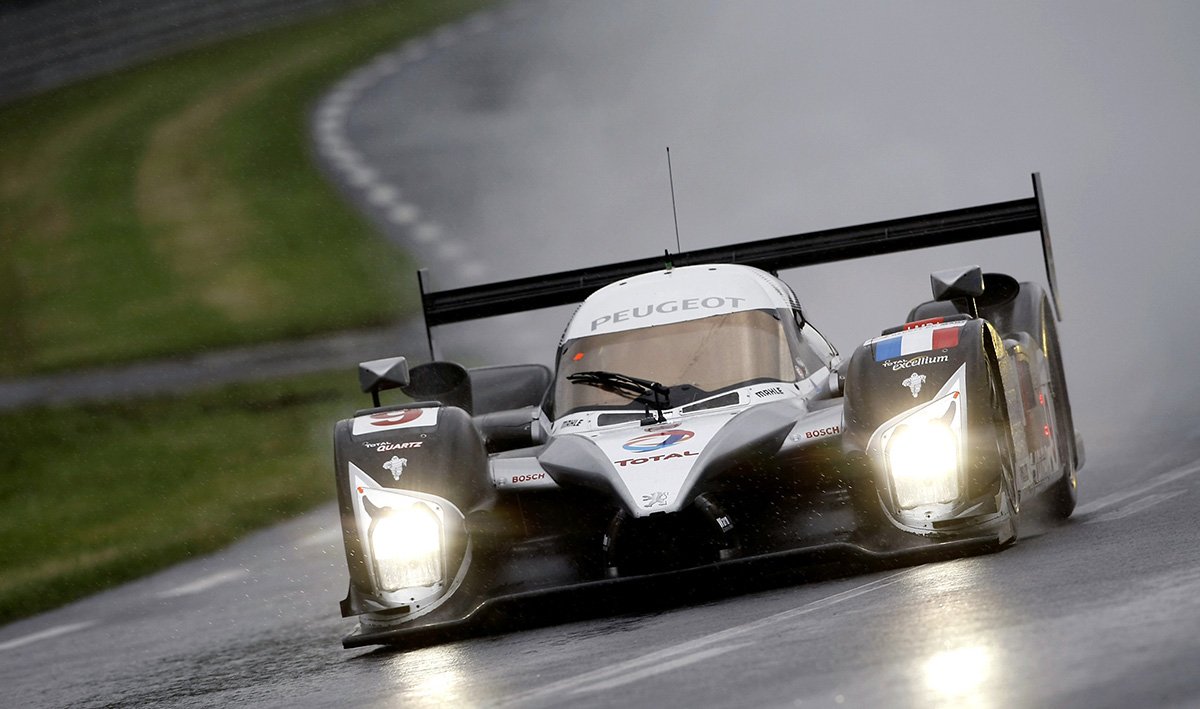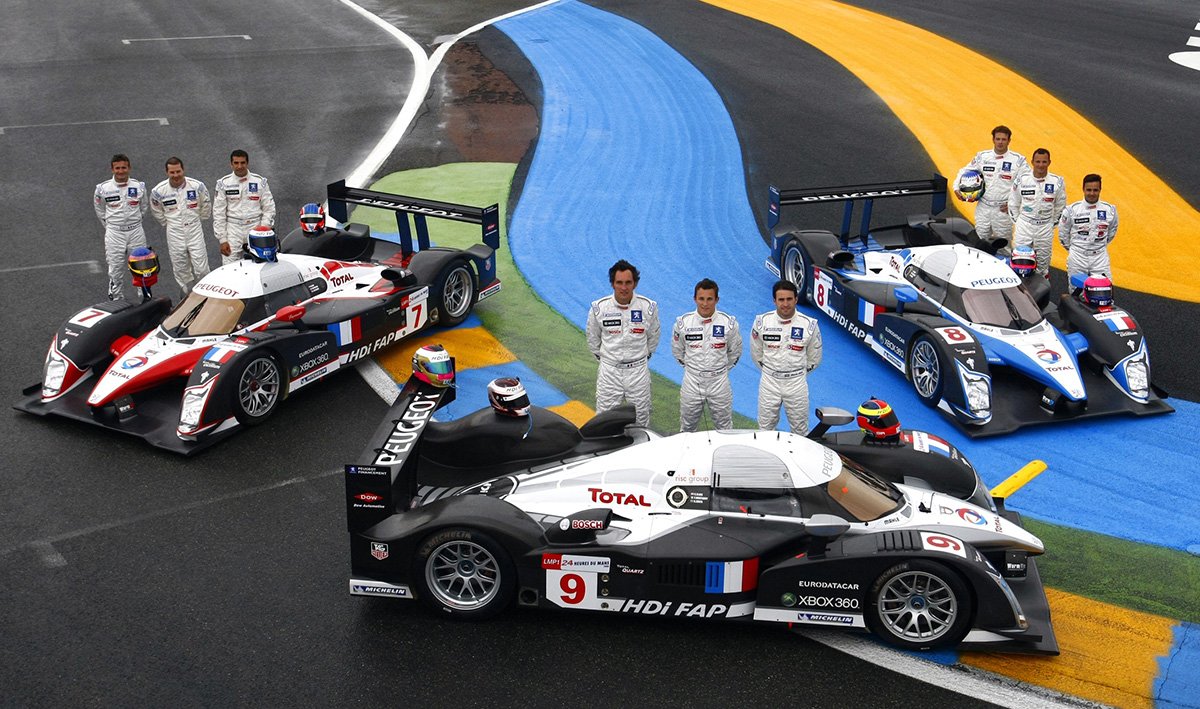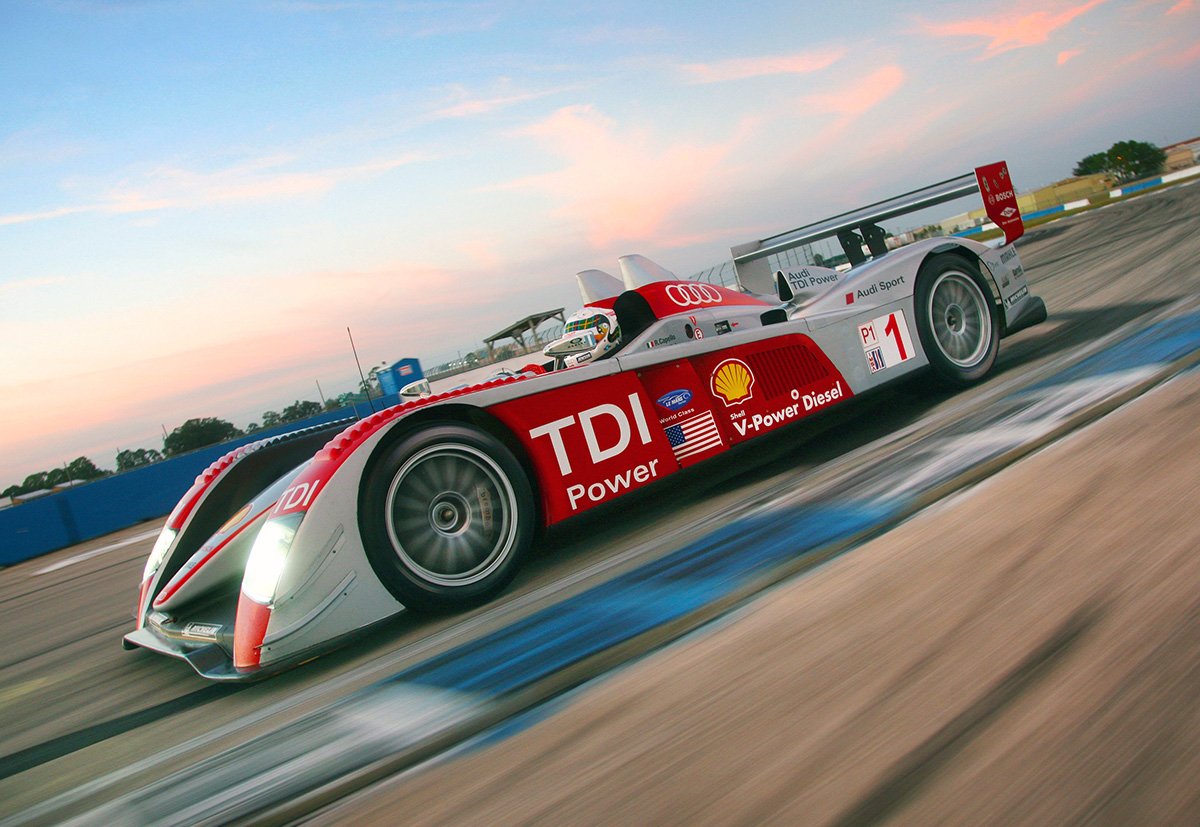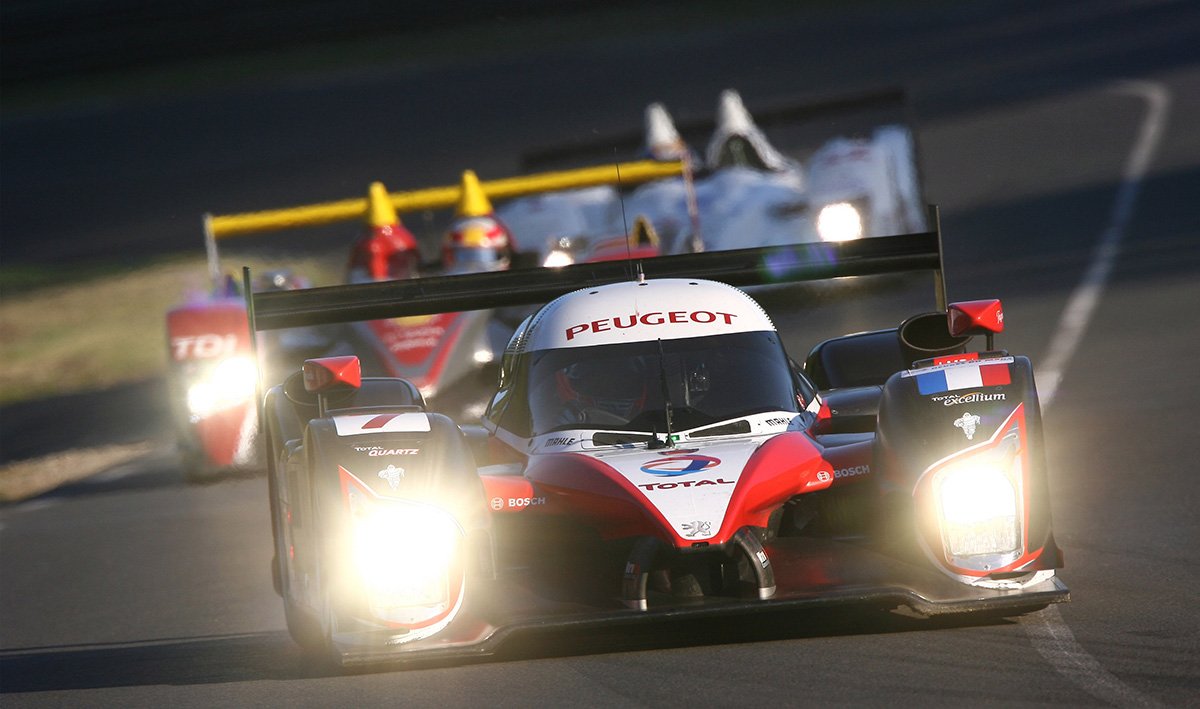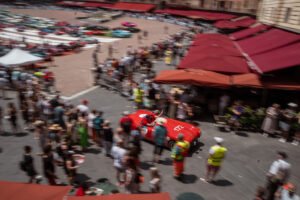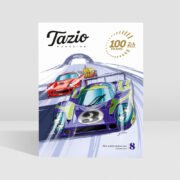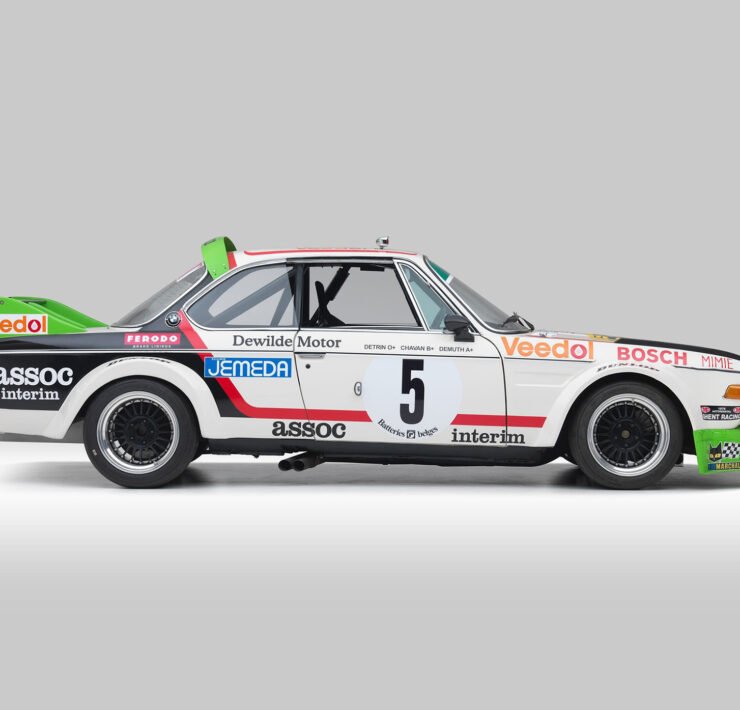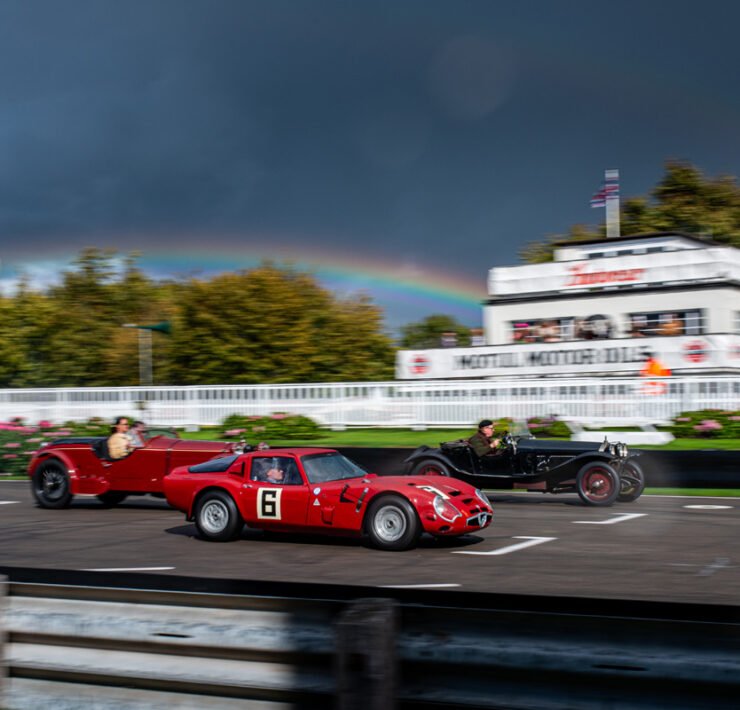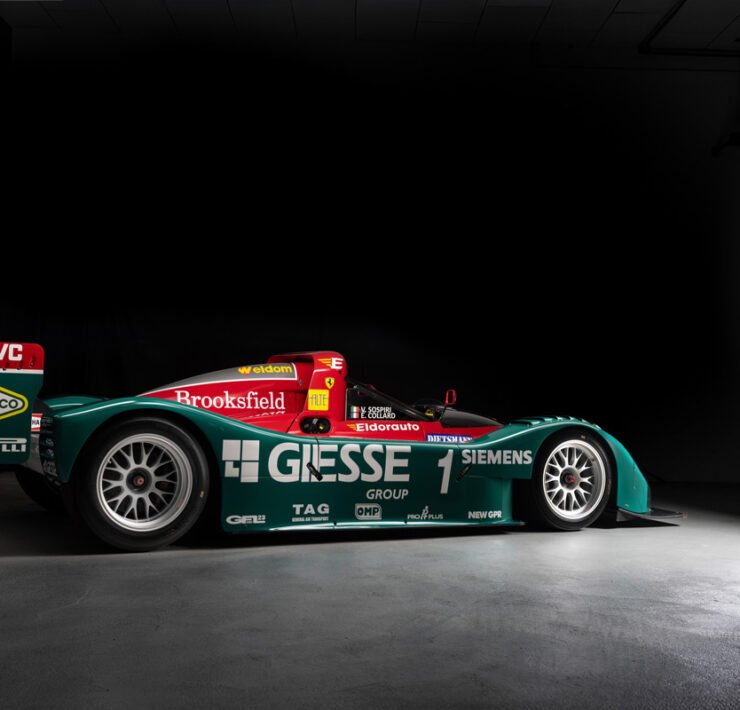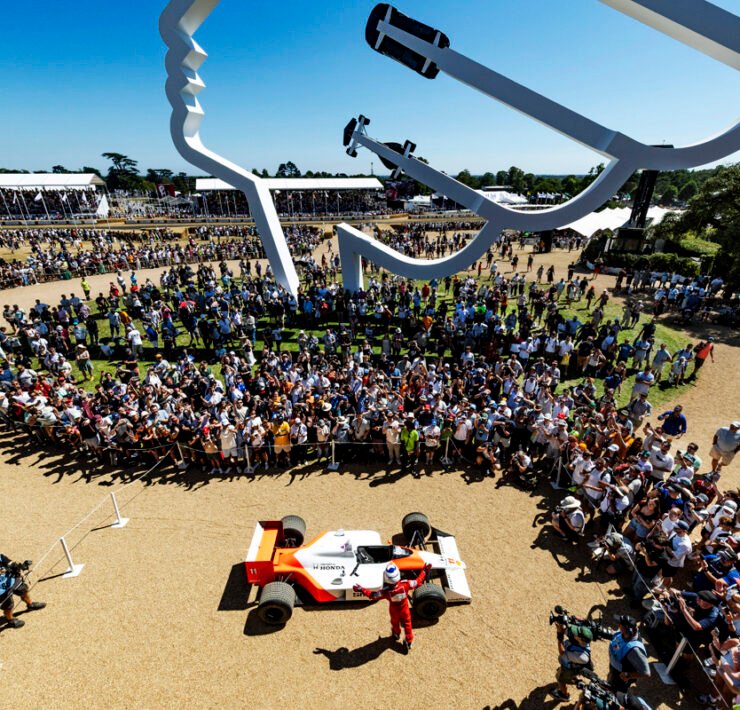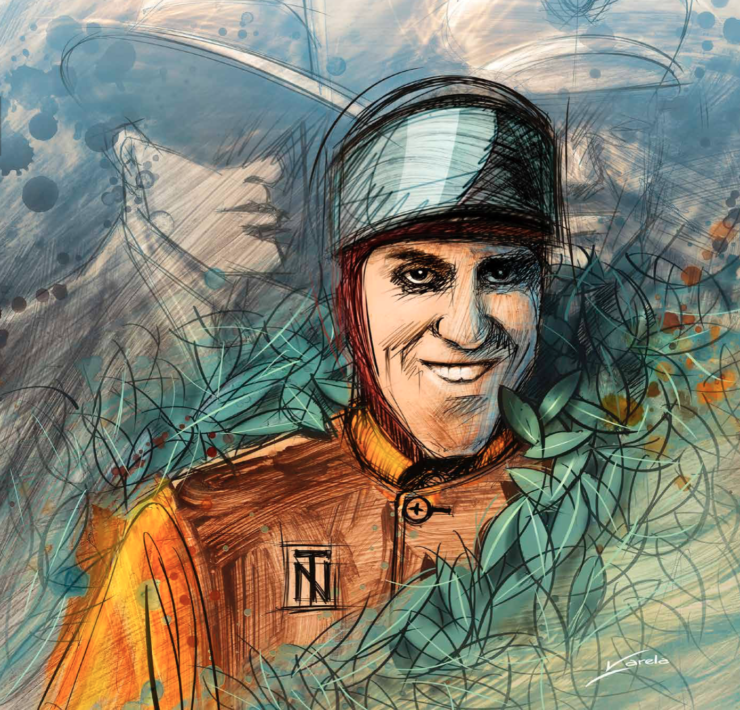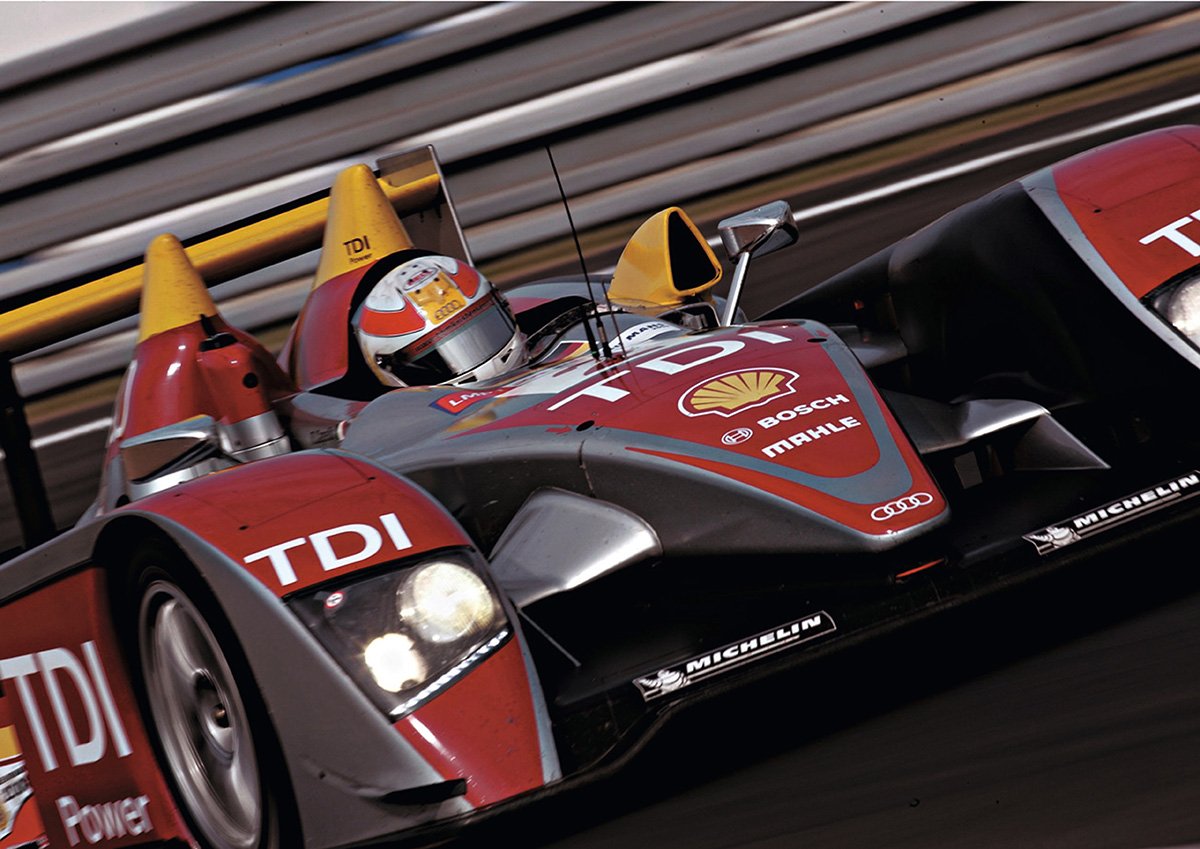
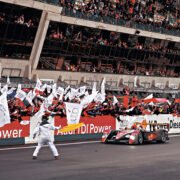
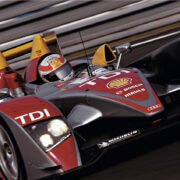
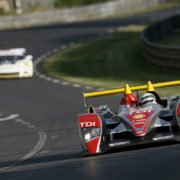
 +8
+8 Le Mans 2008, when Audi was slow… but still won
Le Mans 2008, when Audi was slow… but still won
Le Mans 2008, when Audi was slow… but still won
Le Mans 2008, when Audi was slow… but still won
Le Mans 2008, when Audi was slow… but still won
Le Mans 2008, when Audi was slow… but still won
Le Mans 2008, when Audi was slow… but still won
Le Mans 2008, when Audi was slow… but still won
Le Mans 2008, when Audi was slow… but still won
Le Mans 2008, when Audi was slow… but still won
Le Mans 2008, when Audi was slow… but still won
Audi’s incredible dominance of Le Mans during the 2000s and 2010s came mostly without any opposition until Porsche’s LMP1 programme that resulted in three consecutive victories at La Sarthe in 2015, 2016 and 2017. One manufacturer, however, did contest the Ingolstadt firm’s spell of pre-eminence.
One manufacturer whose sole, eventual victory of this period would prove immensely popular with the local French crowd. A manufacturer who followed Audi’s lead in terms of utilising diesel engines for prototypes. A manufacturer by the name of Peugeot.

Two wins
Peugeot had previously won two editions of the 24 Hours of Le Mans, in 1992 and 1993, a result of their fruitful 3.5-litre prototype programme that was run by the distinguished Jean Todt. Powering these great thoroughbred racers was a grand prix-inspired, naturally aspirated V10 engine with peak power produced at a tremendous 12,500 RPM. However, by the middle of the following decade, the popularity of such highly strung engines was waning and instead arrived a significantly more pedestrian form of propulsion, a turbodiesel…
Such a powertrain was chosen for Peugeot’s return to the highest echelon of endurance racing as a result of the marque’s desire to supply their family-orientated, supremely fuel-efficient road cars with the kudos of motorsport. In addition, diesel powertrains had already proven themselves in the sportscar theatre in the form of Audi Sport’s R10 TDI, a diesel V12 racer with a debut victory at Le Mans in 2006. The R10 also secured an additional victory at La Sarthe in 2007 at the cost of Peugeot Sport.
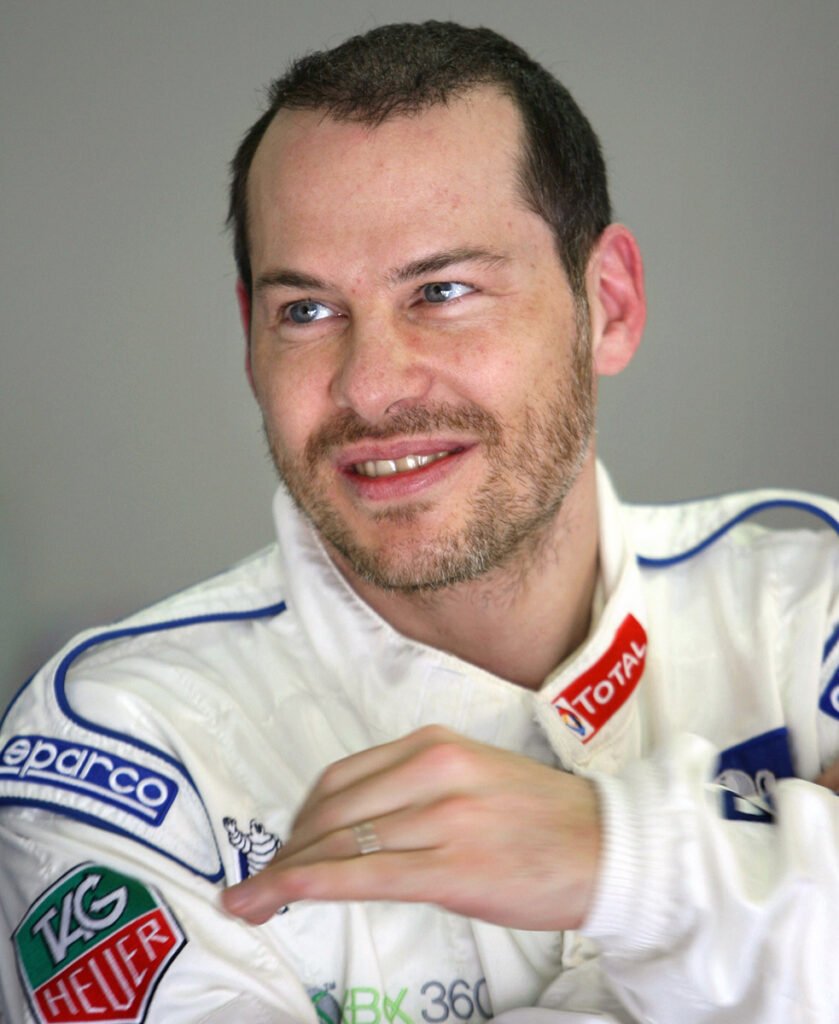
F1 drivers
For the 2008 edition, Peugeot was determined to break Audi’s spell of seven out of eight victories since the start of the decade. Three 908 prototypes with seven experienced grand prix drivers (including 1997 world champion Jacques Villeneuve) were entered to counter Audi’s trio of the previously triumphant R10s.
The outcome of this edition of Le Mans was rather difficult to predict as the Peugeots had vanquished their opponents in the three shorter, prior rounds of the Le Mans Series. However, Peugeot’s 908 had suffered from durability troubles at the full-length, 24 Hours of Le Mans the year prior. To contrast, despite the R10 displaying its antiquity at said prior rounds of the 2008 championship, the Audi squadron was renowned for its organisation and still kept its reputation of triumphing at La Sarthe for seven years out of the previous ten.
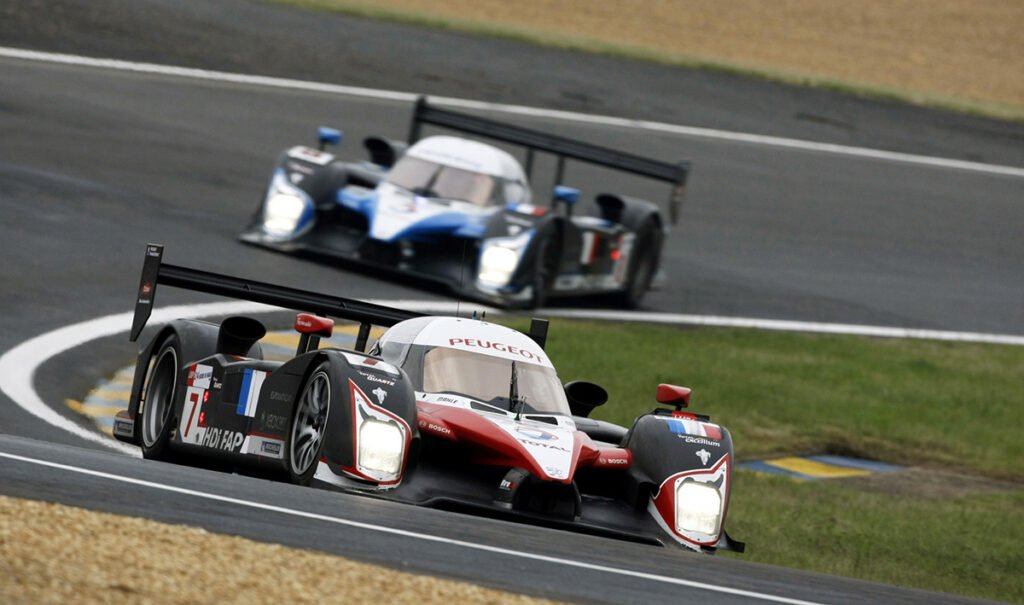
Two seconds faster
The lion exhibited its great pace during qualifying with 908s positioning themselves in first, second and third, whereas the Audis were left to take fourth, fifth and seventh. The difference in speed was immense as the quickest Audi posted a lap time almost 2 seconds behind the French prototypes. However, Peugeot’s tremendous pace during the qualifying session does seem to be rather retrospective to the 1991 edition when their 3.5-litre prototypes had also outperformed the rest of the field, only to swiftly exit the edition as a result of mechanical difficulties.
First setback
To a degree, history had repeated itself with Peugeot’s prototypes revealing their flaws at longer endurance events. In this instance, the leading #8 entry with Alexander Wurz developed gear selection problems after the start of the event, awarding the team about 20 lost minutes in the garage. This setback certainly blunted the advantage of 3-5 seconds per lap that Peugeot had over Audi. The 76th Grand Prix of Endurance proceeded toward night time with the opposing forces of Audi and Peugeot contesting each other’s rule of the race.

In the middle of the night, the race was halted for thirty minutes over an accident with future Audi champion Marcel Fässler in an LMP2 prototype. When motor racing proceeded, Nicolas Minassian spun his Peugeot when exiting the final chicane before the pit straight. Whilst the spin did not lose him too much time, Peugeot greatly suffered when all three of their entries (including the leading #7 908 piloted by Villeneuve) were forced to proceed to the pits due to a radiator problem.
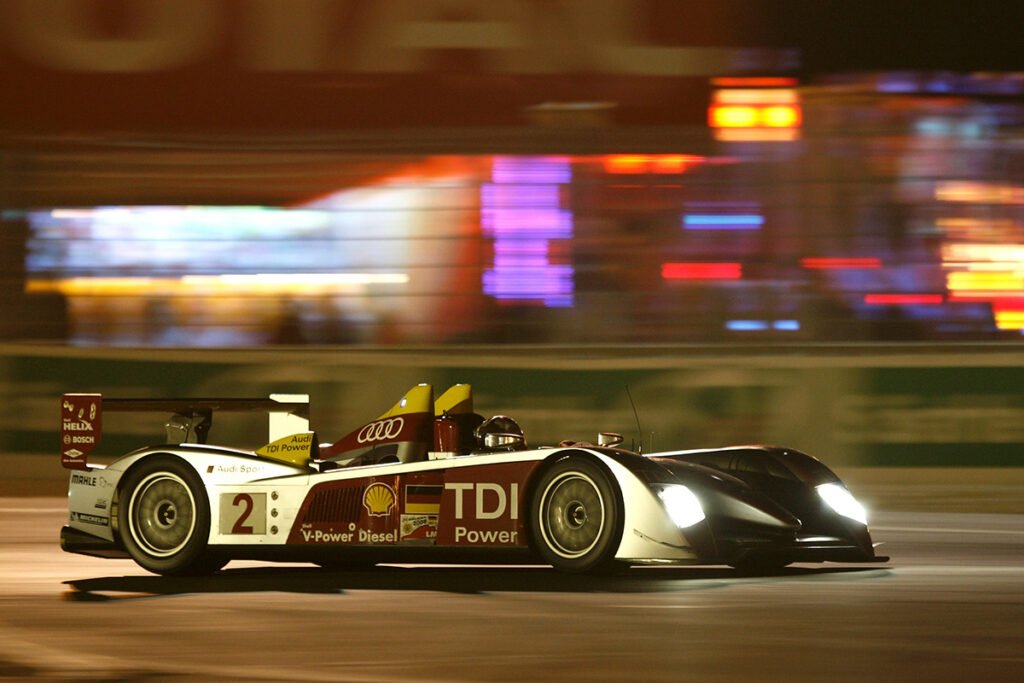
Kristensen laps 10 seconds faster
It was around that time that a quintessential Le Mans element commenced: rain. According to Audi driver Dindo Capello on the team radio, he had to “take it very easy because it’s very slippery. Every corner there is one car off.” With the #2 Audi R10, ‘Mr. Le Mans’ Tom Kristensen drove with great determination in pursuit of the #7 Peugeot’s lead. The Dane took advantage of the R10’s better handling of wet conditions and was capable of posting lap times approximately 10 seconds a lap quicker than the Peugeot. In addition, the #3 R10 driven by the young Mike Rockenfeller moved into third place, advancing Audi’s position against Peugeot.
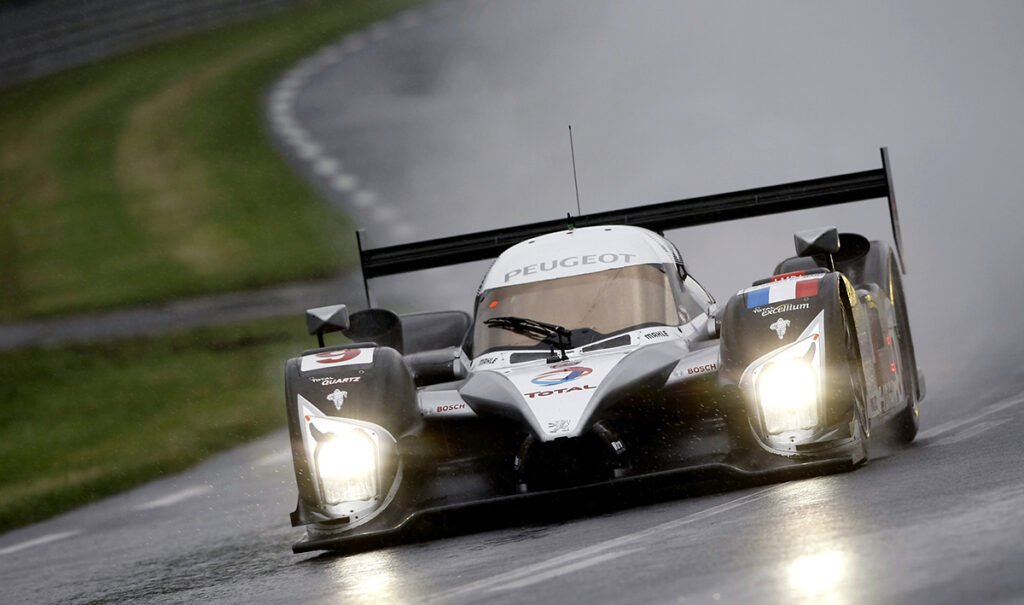
One-lap lead
As the day went on, Allan McNish stretched the lead established by Kristensen over the #7 Peugeot to an entire lap. Audi maintained its position over Peugeot by correctly predicting the weather forecast and selecting the optimal tyres for the leading R10 of Kristensen, McNish and Capello. The Ingolstadt concern placed its #1 entry of incumbent champions Werner, Biela and Pirro as well as the #3 entry with its young drivers on grooved slick tyres. By contrast, the leading R10 was kept on wet tyres. The #1 R10 driven by Marco Werner was struggling with its grooved slicks, resulting in a spin that caused a worn clutch.
Later in the day, an LMP2 prototype collided into Kristensen’s leading R10 at the Dunlop Chicane, motivating him to drive with even further vigour, to the perturbation of the Audi squadron.
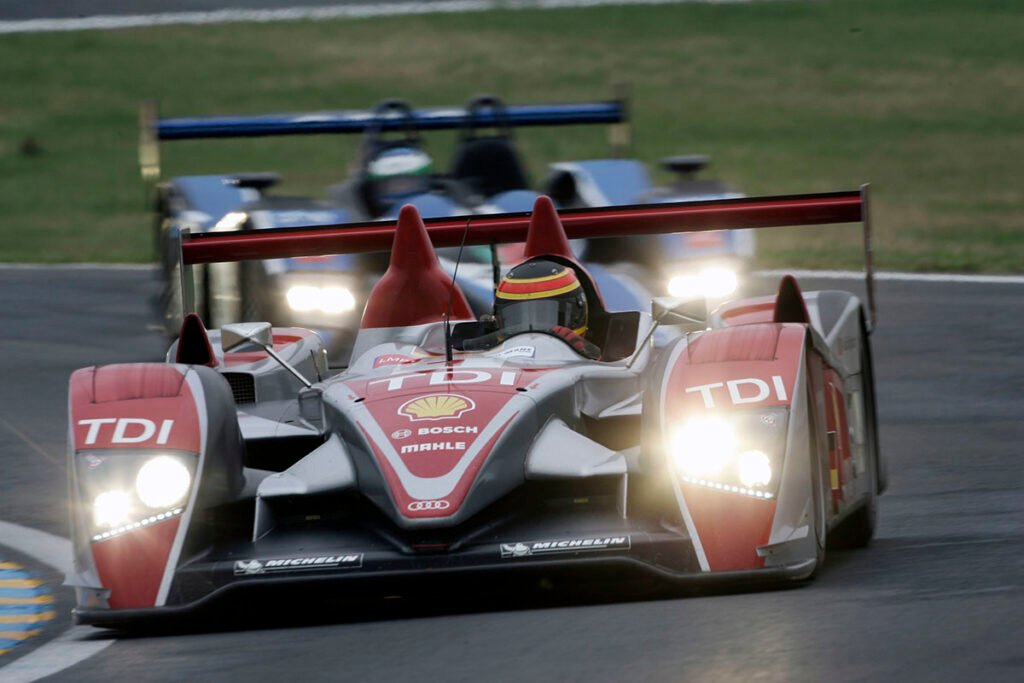
Tyre gamble
Nearing the conclusion of the event, Audi also experienced some reliability woes of their own with the #3 R10 that was battling to keep third position. A trip to the garage put the # 3 Audi out of contention for a podium position, eventually finishing in fourth place. To add to these unforeseen setbacks, the #7 908 of Minassian, Villeneuve and Gene displayed its natural pace in comparison to the R10 TDI with approximately two minutes separating the cars and Minassian gaining five seconds per lap over Kristensen.
However, rain was later forecast to return to the Circuit de la Sarthe, leaving the teams to once again gamble regarding tyre choice. In the case of the Audis, leading Kristensen switched to intermediate tyres, while the #7 Peugeot opted for slicks. The 908’s slick tyres proved itself to be the incorrect choice as Villeneuve spun at the Dunlop Chicane, permitting Kristensen to increase his lead to 2 minutes and 43 seconds.
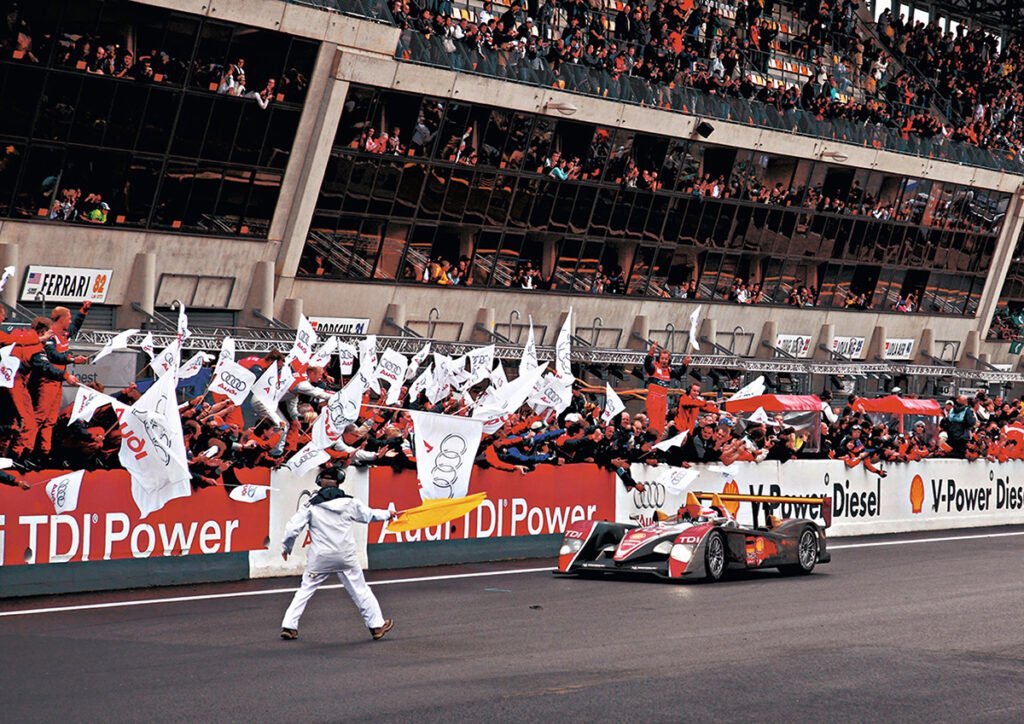
Additionally, with less than forty minutes to the end of the race, the #7 Peugeot developed a flat tyre, thus almost eliminating Peugeot’s challenge to Audi for the 2008 Le Mans 24 Hours. Kristensen made one further pit stop and subsequently cruised to the end of the 2008 edition in first place, extending his record to eight overall Le Mans victories (in 2013, he would add an additional ninth win).
Wait another year
Evidently, frequent mechanical troubles as well as pitstops resulted in Peugeot’s unsuccessful challenge to Audi’s hegemony of Le Mans in 2008. Ultimately, the French marque would be able to add a third trophy from Le Mans to their collection in 2009 with a triumphant victory and two 908s occupying the first two positions, leaving Audi to face its first proper defeat since their first LMP1 entry in 1999…
This article is a part of our series on 100 Years Le Mans 24 Hours. And you can order our magazine dedicated to 100 Years of Le Mans 24 Hours here.






